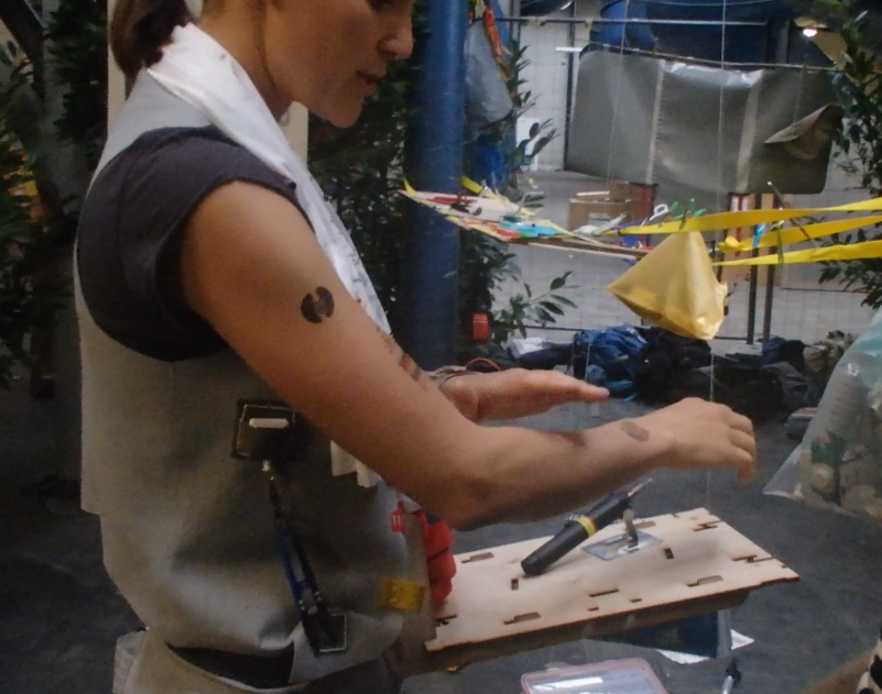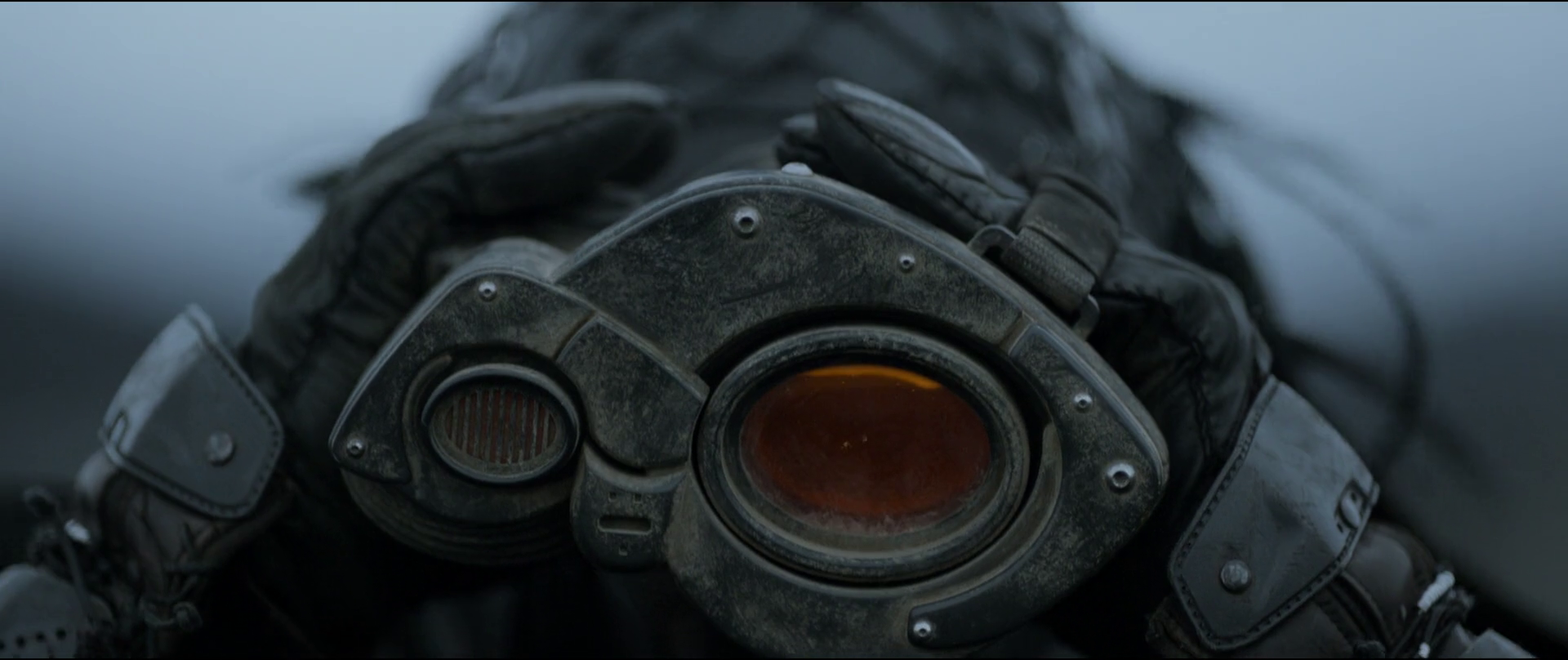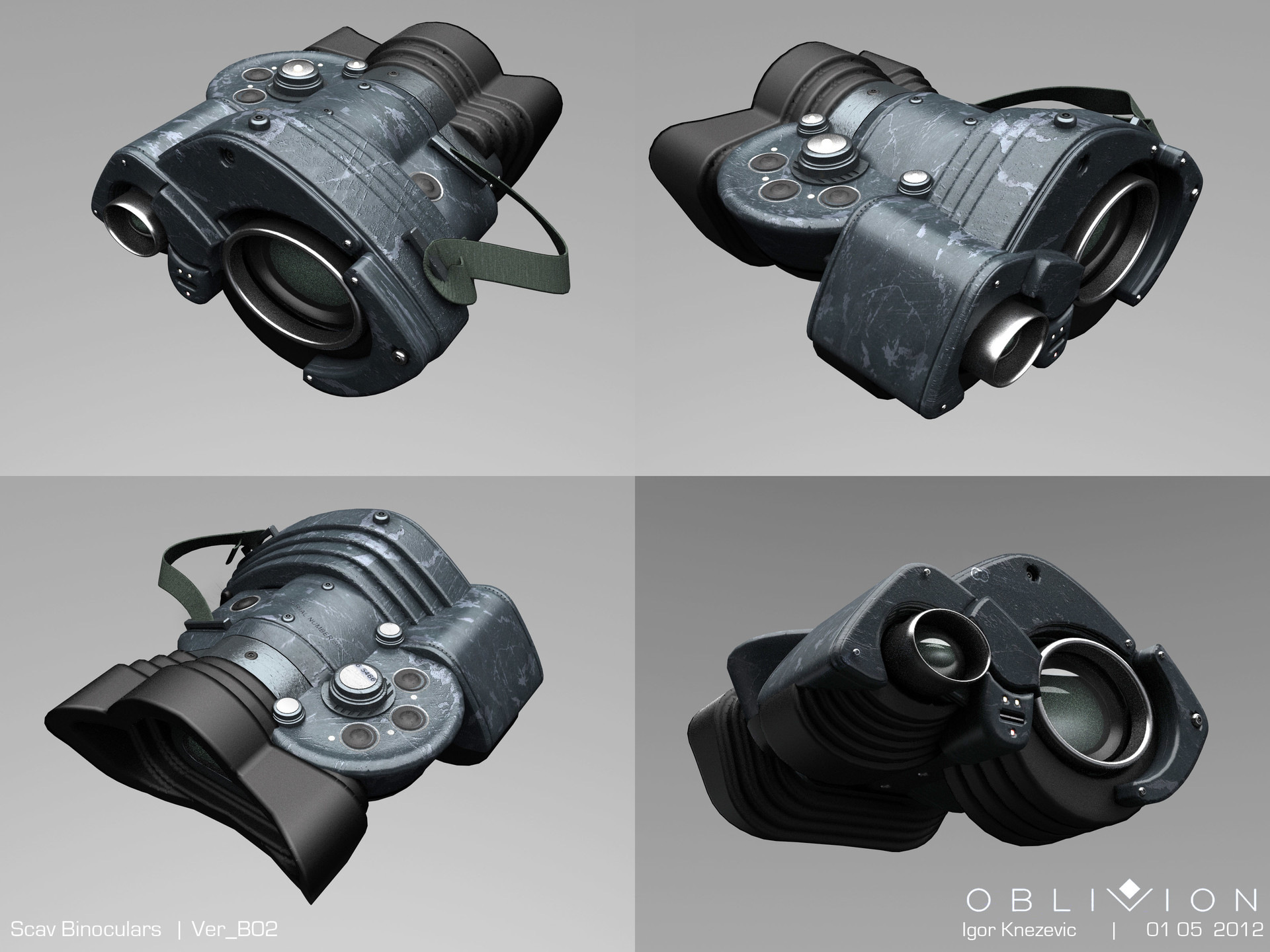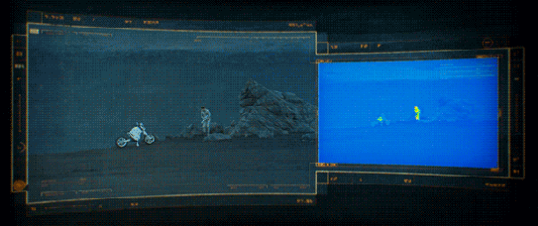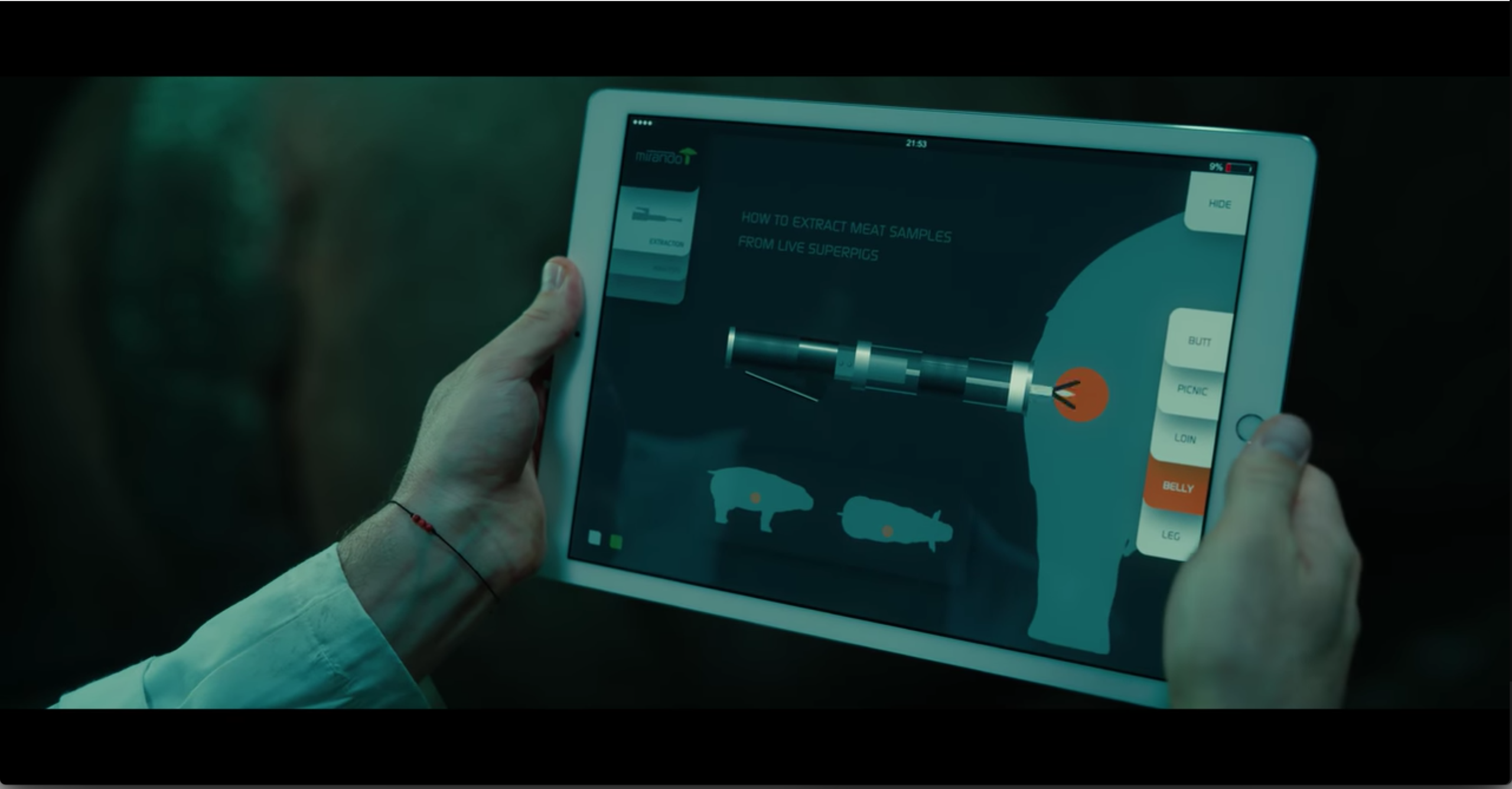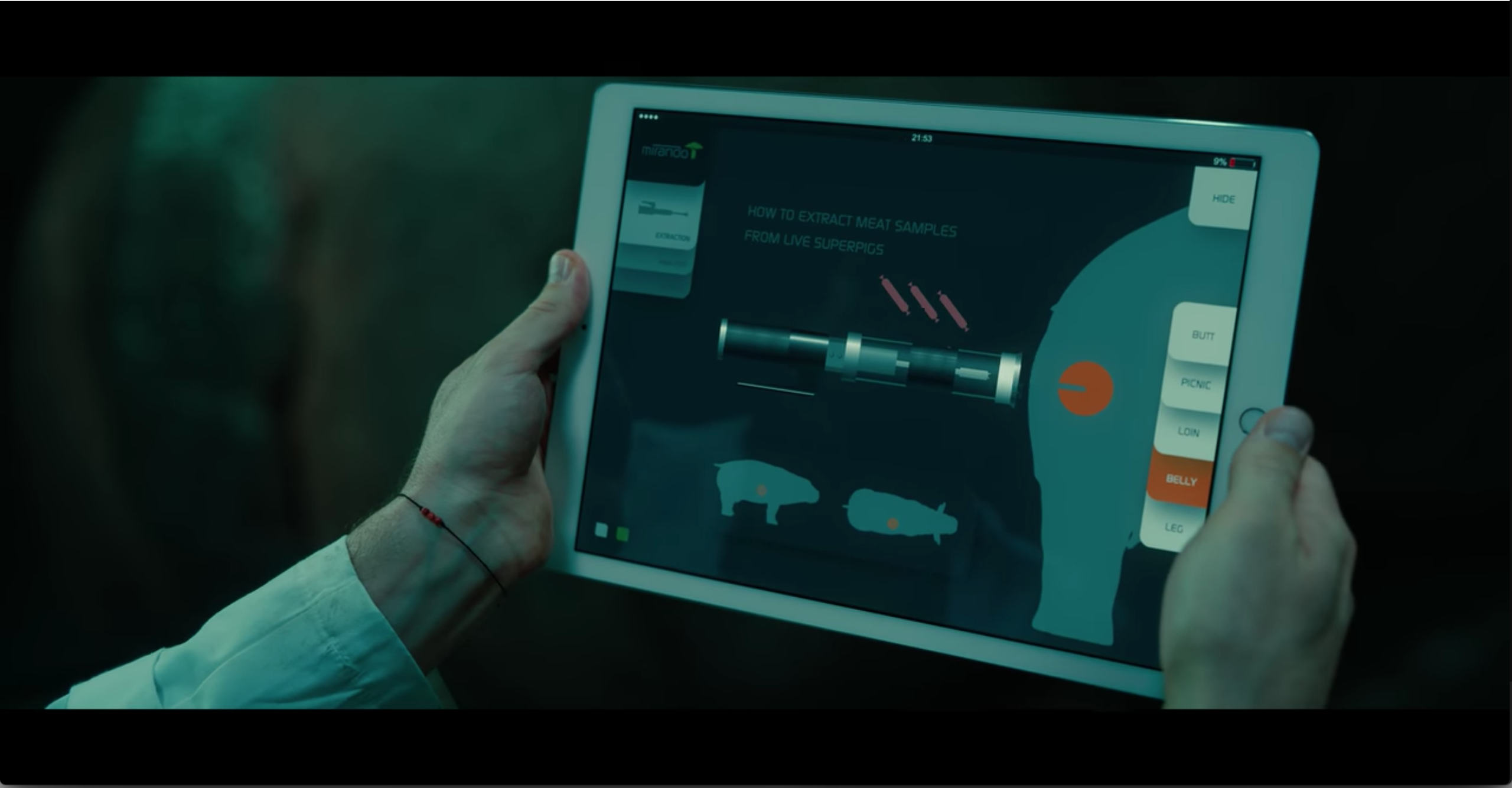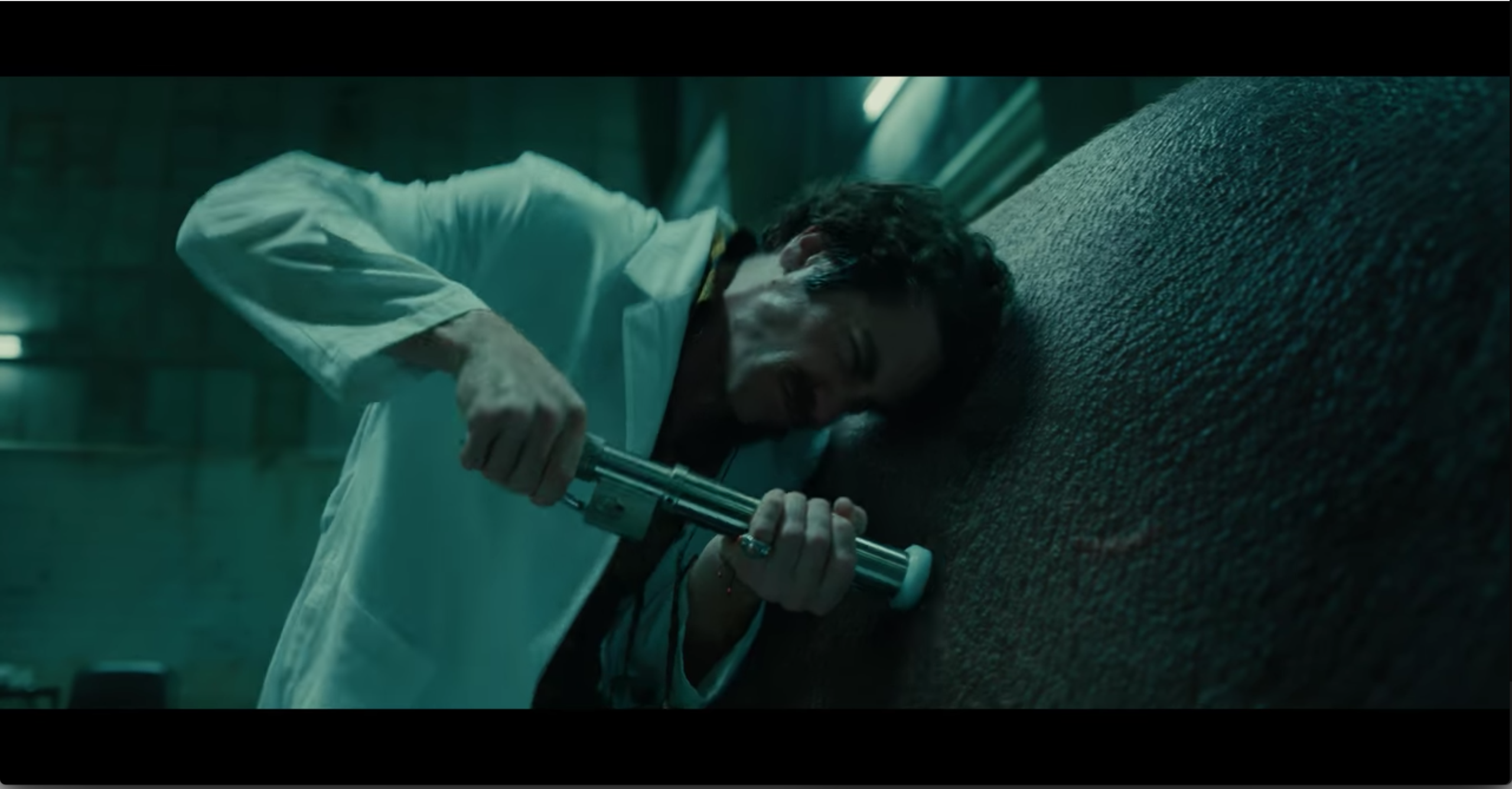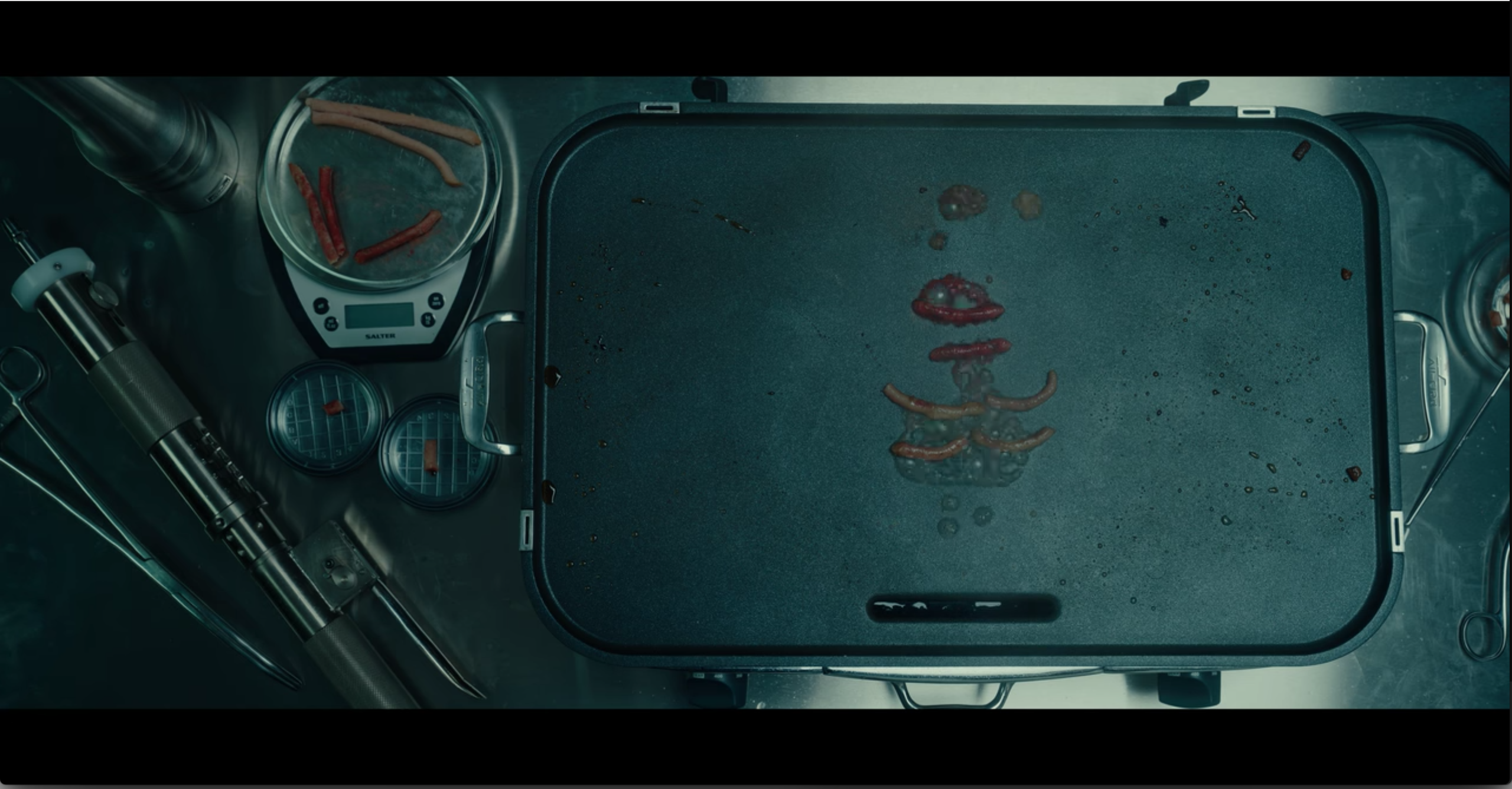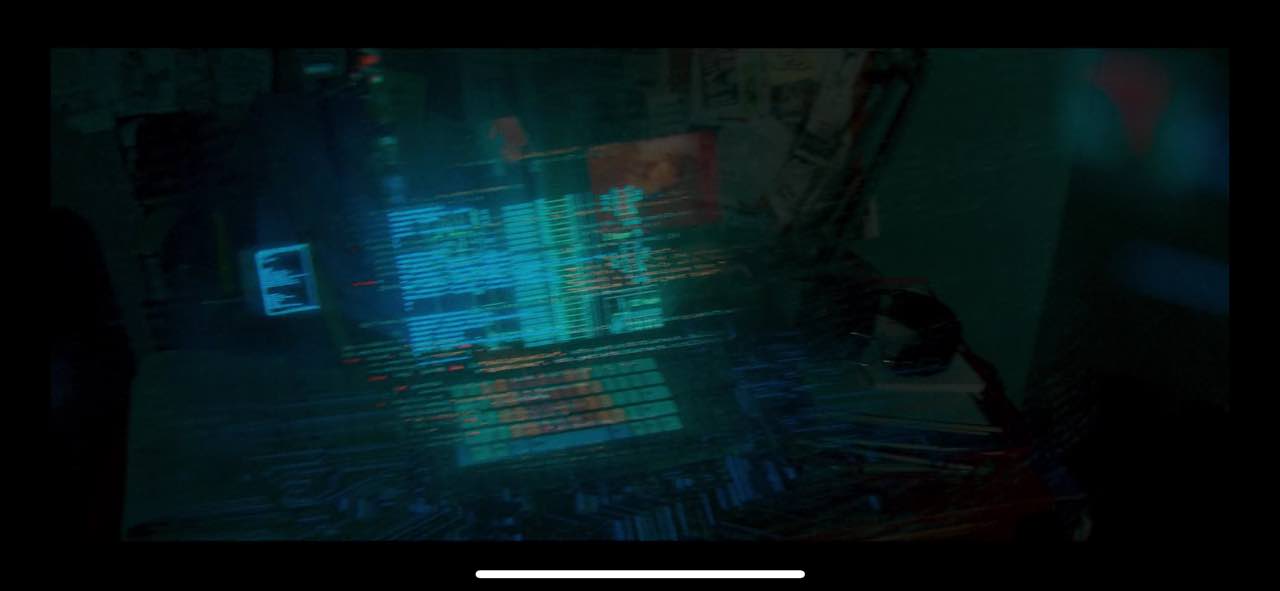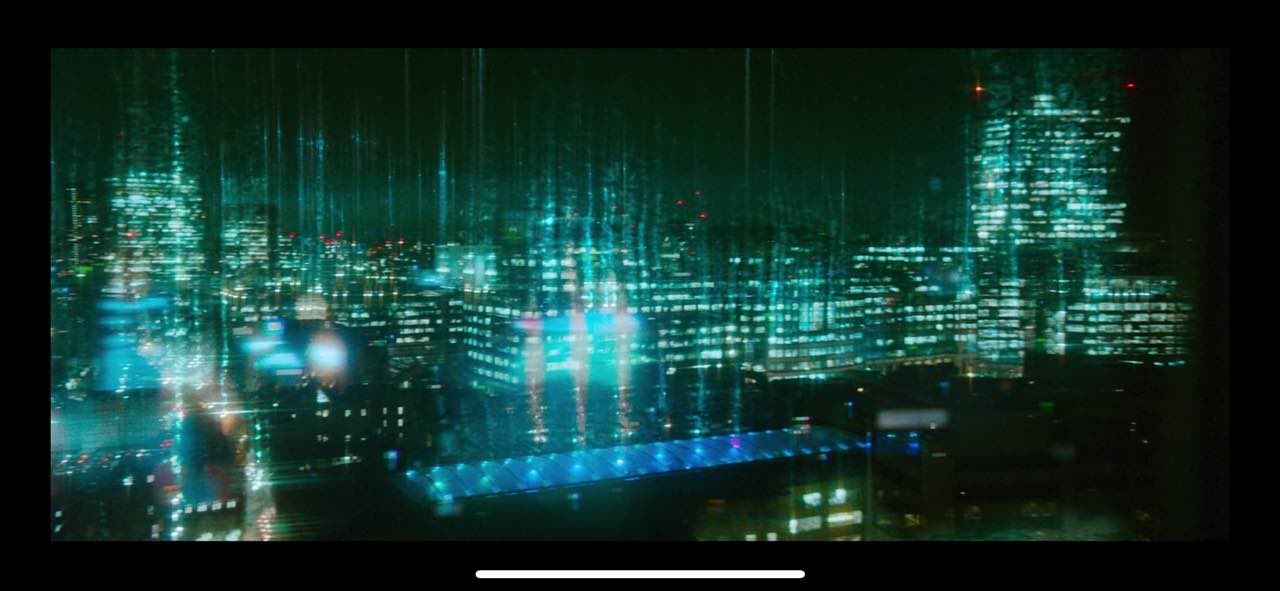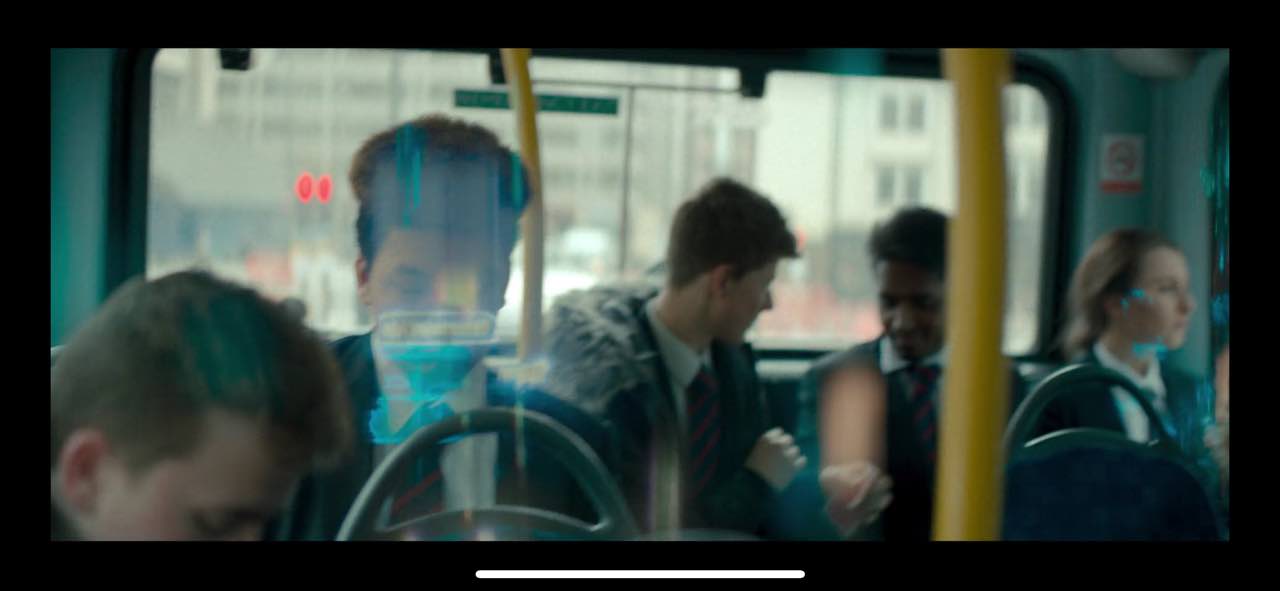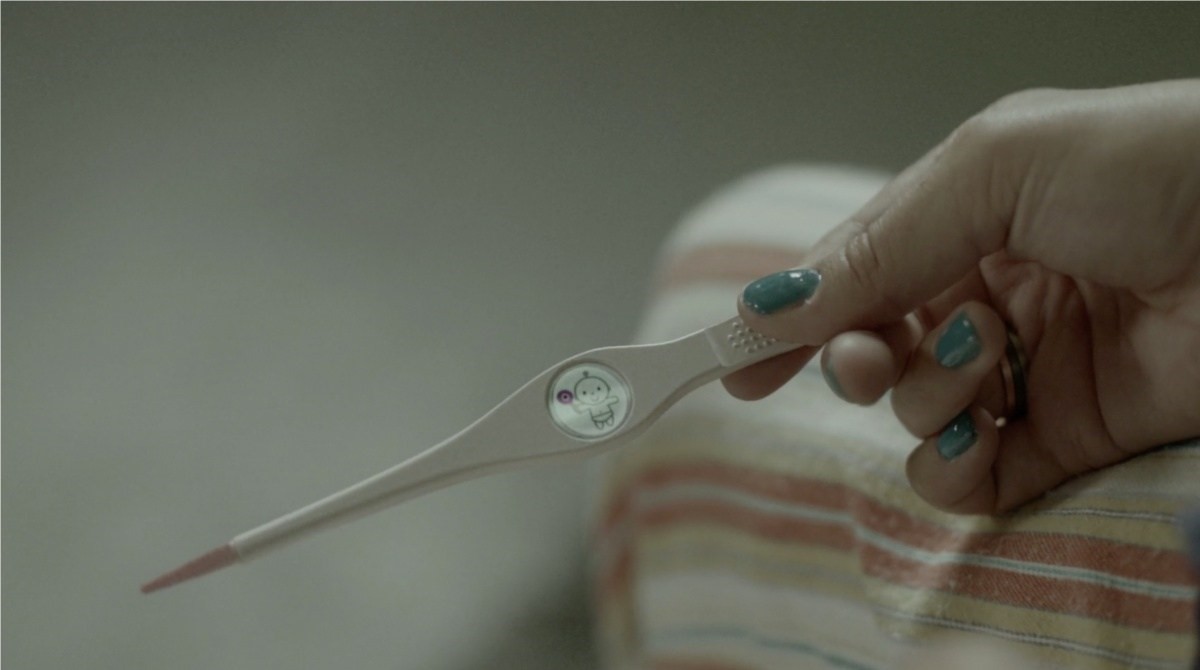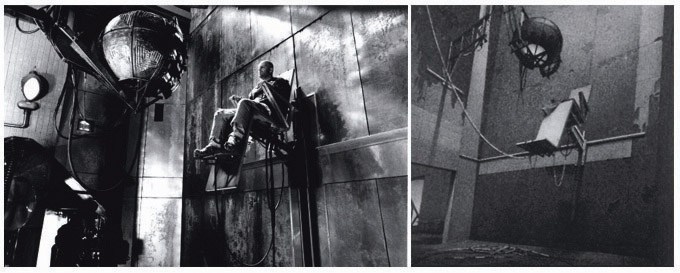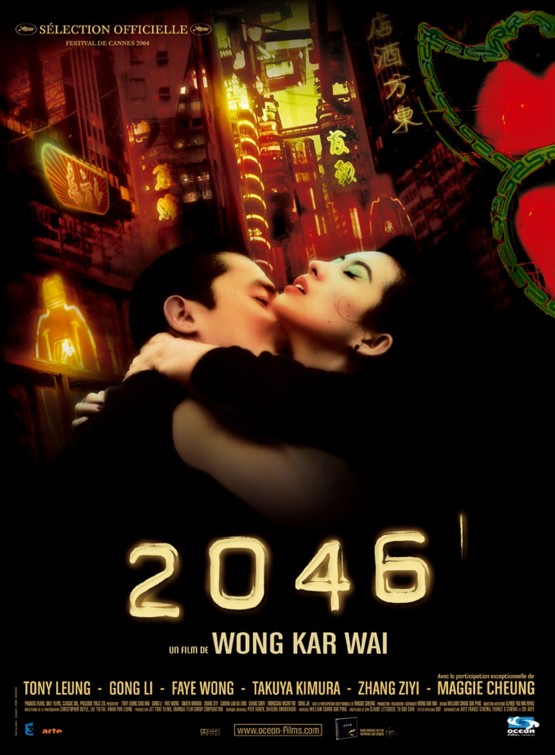
I viewed the film 2046, in which the titular science fiction world is situated via mise en abyme within the film’s storyworld: A futuristic realm governed by memory and loss, as crafted by the lovelorn writer, Chow. On a high-speed train out of 2046, the written protagonist is told of the existence of a series of android cabin attendants that cater to passengers’ every need — the only caveat being that one must never fall in love with them.
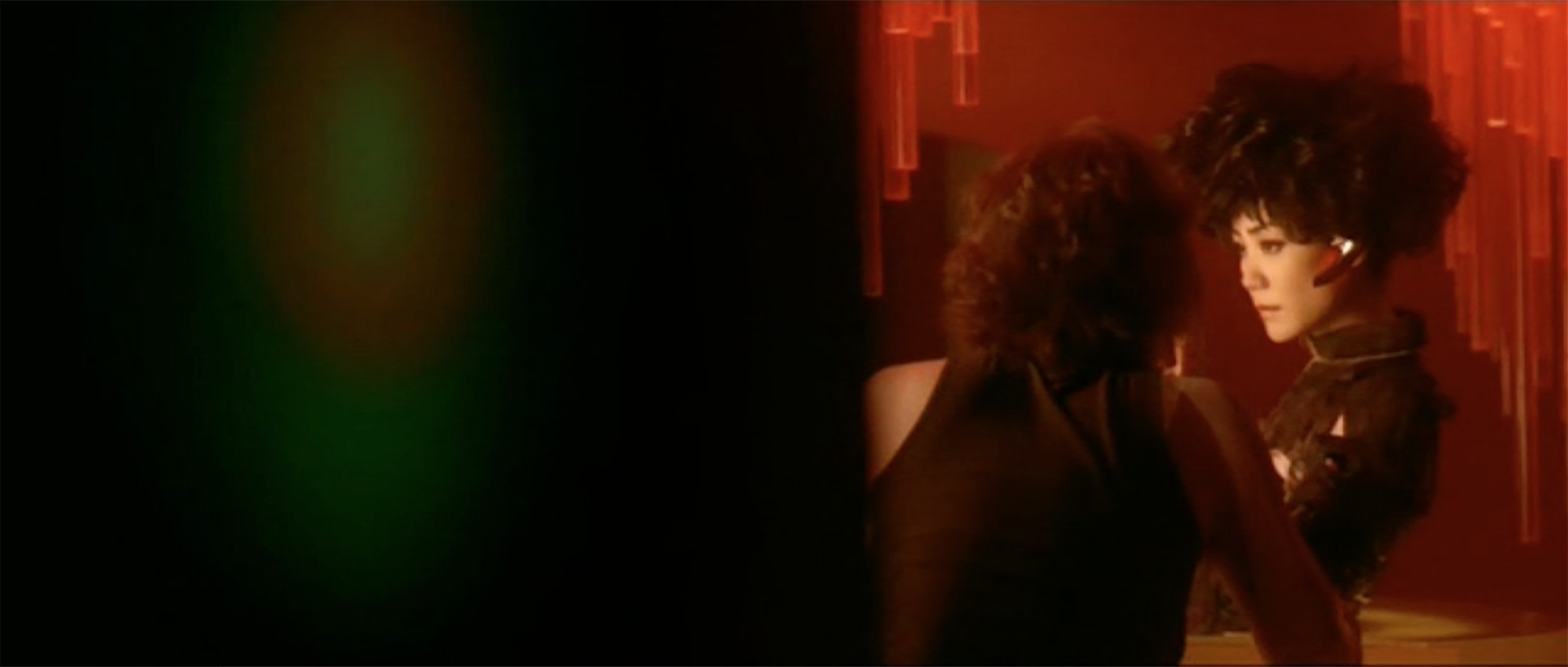
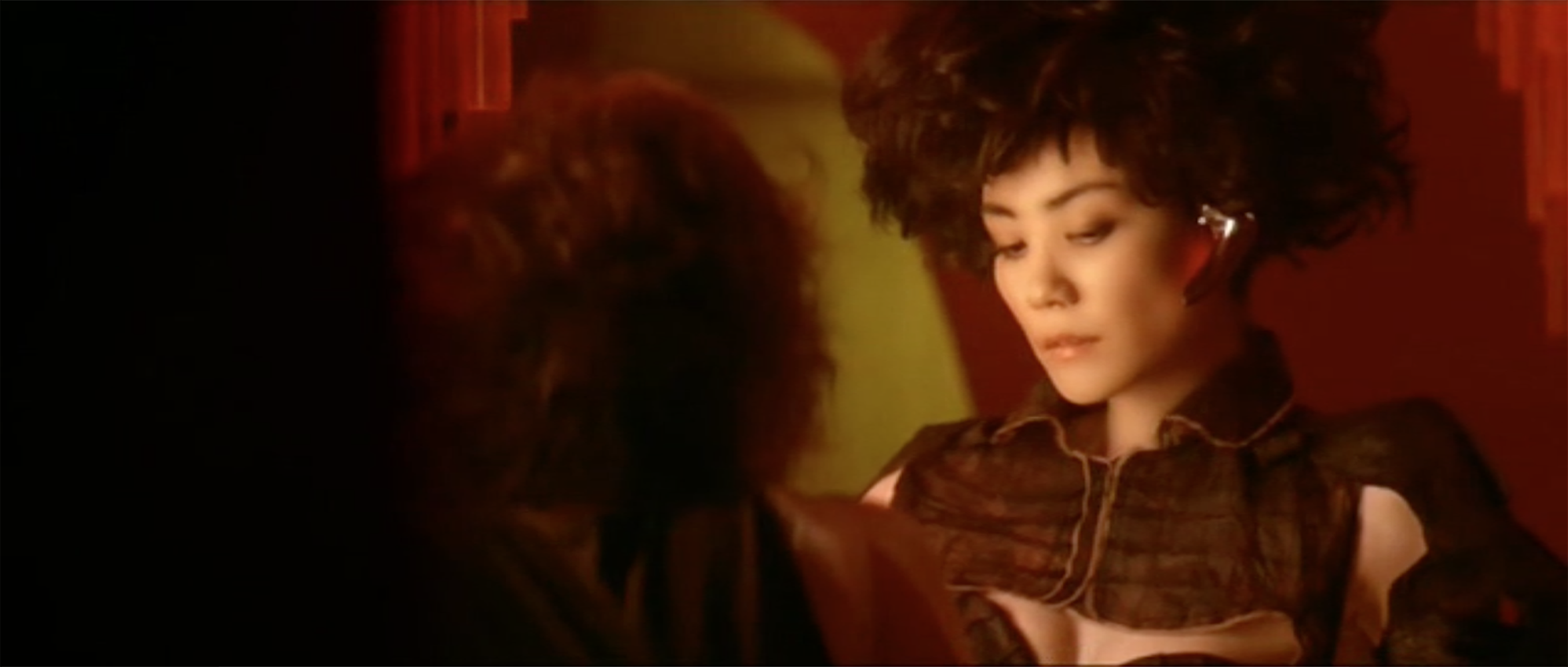
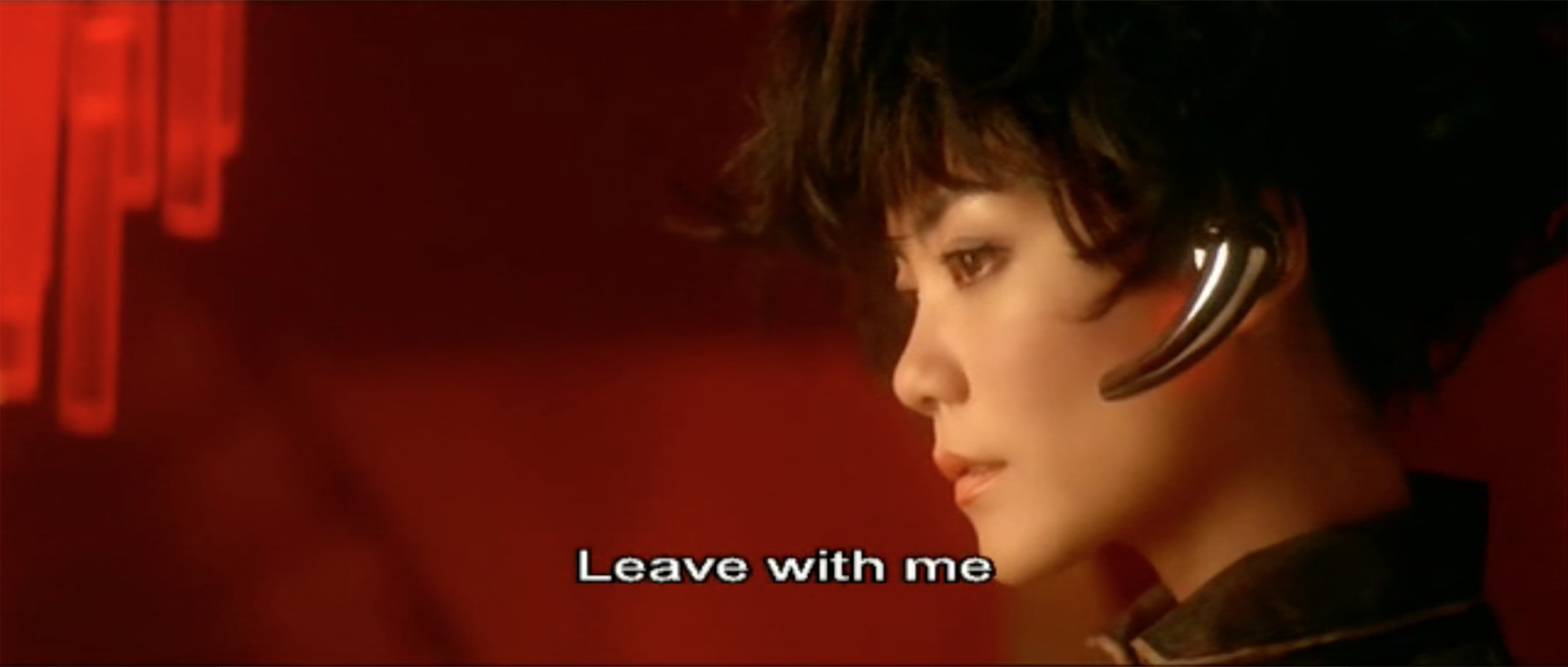
In a scene where one of the android attendants refuse to leave with the protagonist, I was quite taken with a minute design decision that manifest through the character’s costuming: A piece of one-sided, metallic earwear, glowing red along its underside, in consonance with the crimson-lit set. Its function is never explained, nor is it seen to be used by the character. Yet, its sleek appearance, along with the character’s figure behaviour and costuming, help to craft the figure of the android as the unfathomable technobeing incapable (?) of affection.
